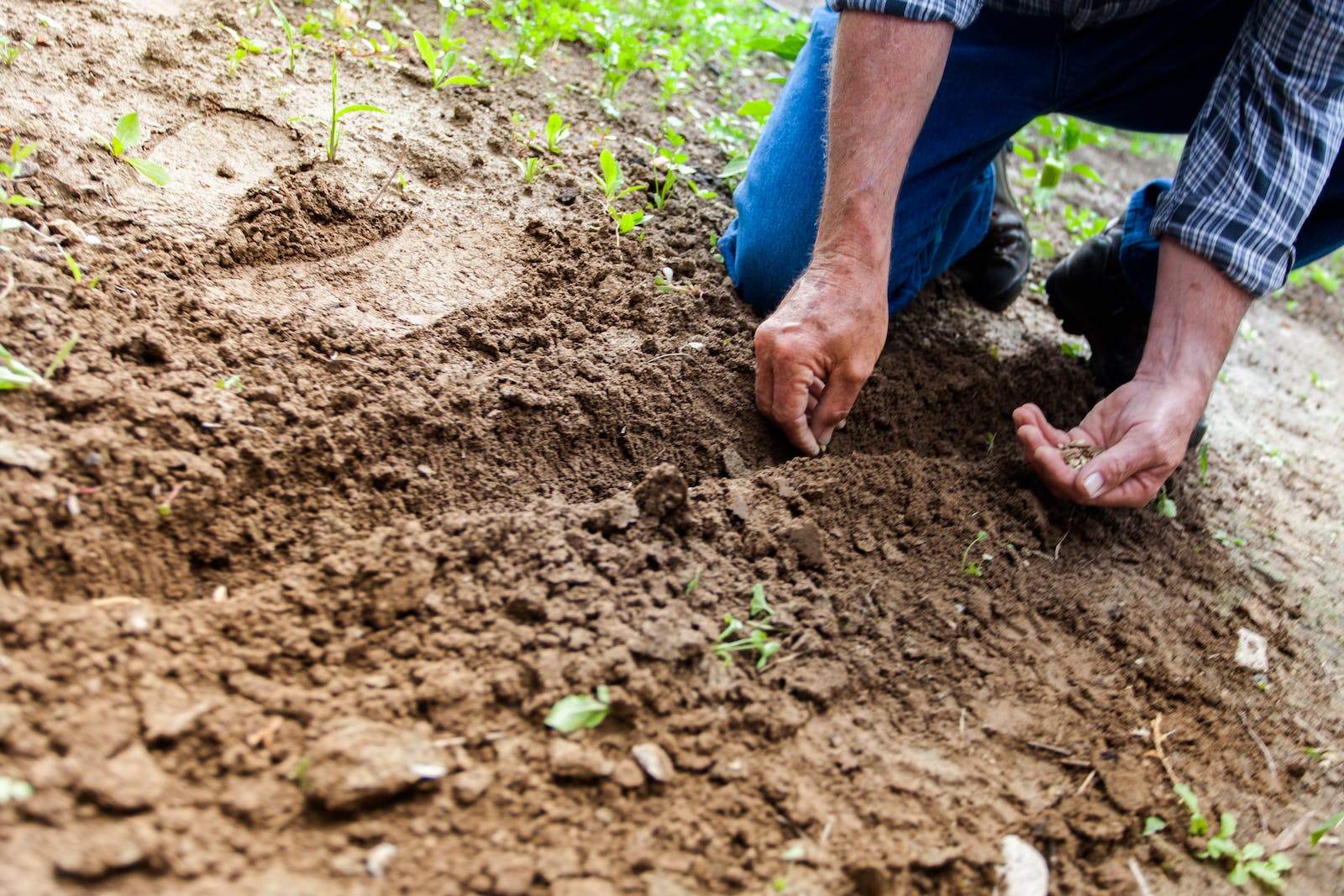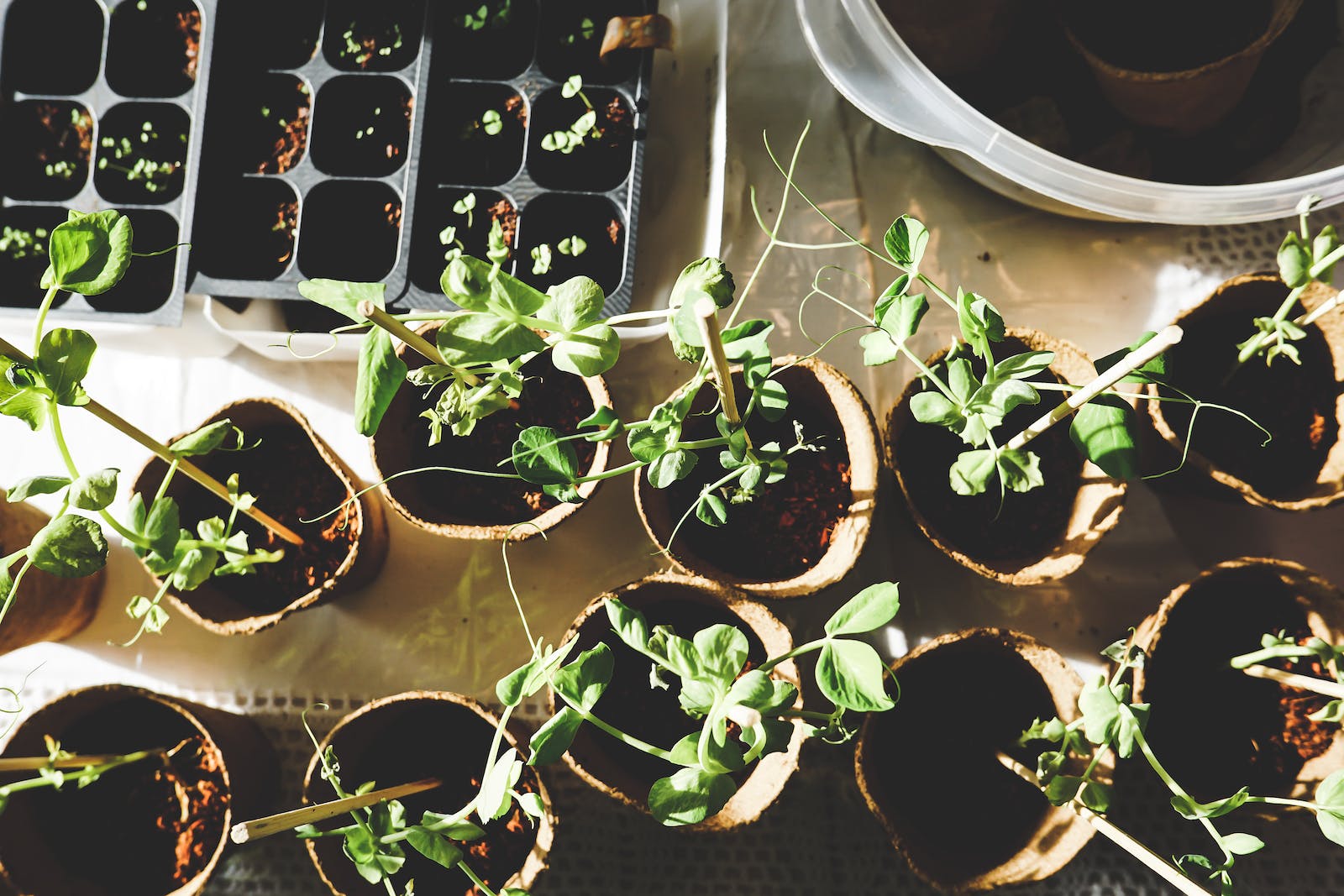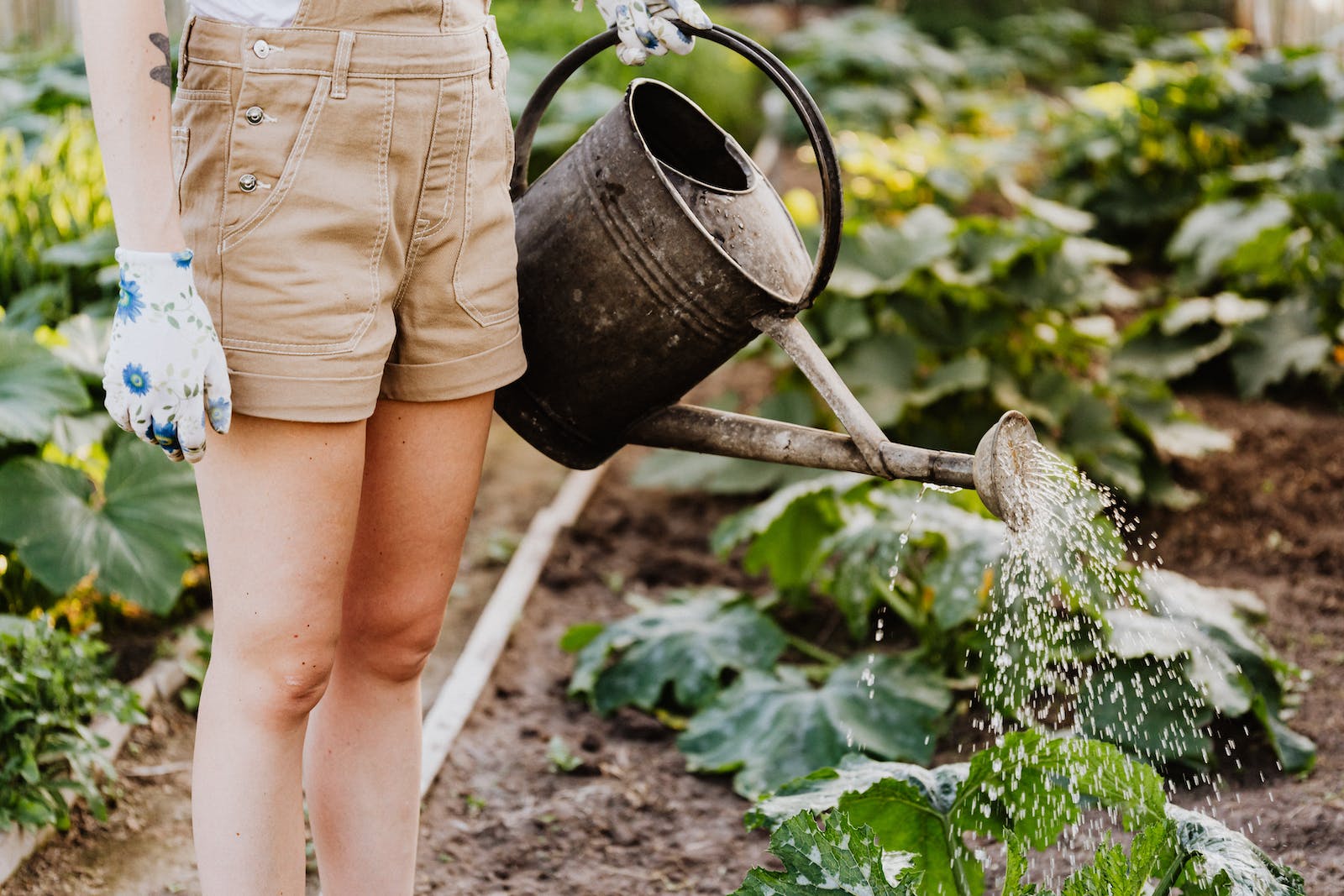Welcome to our comprehensive guide on sustainable garden practices. This guide is designed for both beginners and seasoned gardeners, seeking to introduce ecologically friendly techniques into their green spaces. We will provide you with the knowledge and skills needed to create a flourishing garden that not only looks stunning but also benefits the environment. Let’s embark on this journey towards sustainability together!
Introduction
What are Sustainable Garden Practices?
Sustainable garden practices are strategies that help us create and maintain gardens in an environmentally friendly manner. They involve methods promoting biodiversity, minimizing waste, conserving water, improving soil health, and reducing harmful impacts on the environment. These practices emphasize working with nature rather than against it, taking into consideration local climate, soil conditions, and native plant and animal species.
Benefits of Sustainable Gardening
Sustainable gardening offers numerous benefits. It aids in preserving biodiversity and enhancing soil fertility. It can reduce your carbon footprint by minimizing the need for chemical fertilizers and pesticides. Moreover, it can contribute to water conservation and create a healthier habitat for local wildlife. On top of these ecological benefits, sustainable gardening can also offer aesthetic and therapeutic advantages, providing a beautiful and peaceful sanctuary right in your backyard.
Planning a Sustainable Garden
Assessing Your Site
Site assessment is an essential first step in planning a sustainable garden. By understanding the unique features and conditions of your site, you can make informed decisions about what plants to grow and where to place them for optimal growth.
Analyzing Soil Quality
Your garden’s soil quality significantly affects the health and productivity of your plants. It’s crucial to determine the soil type, pH level, and nutrient content. Home testing kits are available for this purpose, or you can have a professional soil analysis done.
Identifying Sunlight and Shade Patterns
Understanding your garden’s sunlight and shade patterns can help you place plants where they will thrive best. Some plants require full sun, while others do well in partial or full shade. By observing your garden throughout the day, you can identify the sunniest and shadiest spots.
Evaluating Water Availability
Water availability is another key factor to consider. Assess rainfall patterns in your area and how water drains on your property. This information can help you design an efficient irrigation system and choose plants adapted to your local water conditions.
Considering Climate and Weather Conditions
The climate and weather conditions in your location will influence what plants can thrive there. Consider factors like temperature ranges, frost dates, wind patterns, and precipitation levels when selecting plants for your garden.
Choosing Native Plants
Native plants are species that have evolved in your region over thousands of years. They are adapted to local soil, climate, and wildlife, making them more resistant to pests and diseases and requiring less water and maintenance than exotic species. Incorporating native plants into your garden is a fundamental aspect of sustainable gardening.

Implementing Efficient Irrigation Systems
An efficient irrigation system is critical for water conservation in a sustainable garden. Drip irrigation systems, soaker hoses, and timed sprinklers can help ensure that water is delivered directly to the plant roots, reducing evaporation and waste.
Water Conservation Techniques
There are several techniques for conserving water in the garden. These include using mulch to reduce evaporation from the soil surface, grouping plants with similar water needs together, watering early in the morning or late in the evening to minimize evaporation, and choosing drought-tolerant plants.
Rainwater Harvesting Methods
Collecting and using rainwater is an excellent way to conserve water. This can be done through a simple rain barrel system attached to your downspouts, or more complex systems involving pumps and irrigation. Rainwater is also typically free of the salts and chemicals found in tap water, making it better for your plants.
Creating a Healthy Soil Environment
Composting and Mulching
Composting and mulching are two sustainable practices that can dramatically improve soil health. Compost adds nutrients to the soil, while mulch helps retain moisture, suppress weeds, and regulate soil temperature.
Composting Basics
Composting involves collecting organic waste like kitchen scraps, yard trimmings, and fallen leaves, and allowing them to decompose into a rich, dark, crumbly substance known as compost. This natural fertilizer can be added to your garden soil to provide nutrients for your plants and improve soil structure.
Choosing the Right Mulch
Mulch can be made from a variety of materials, including shredded bark, straw, compost, and even recycled rubber. When choosing a mulch, consider its aesthetic appeal, cost, availability, and the specific needs of your plants. For example, organic mulches like compost and straw will break down over time and improve soil quality.
Using Organic Fertilizers
Unlike synthetic fertilizers, which can harm beneficial soil organisms and pollute waterways, organic fertilizers are made from natural materials and release nutrients slowly, providing a steady supply of nutrients to your plants. They also improve soil structure and encourage beneficial microbial activity in the soil.
Controlling Pests and Diseases Naturally
Instead of relying on harmful chemical pesticides and fungicides, sustainable gardeners strive to manage pests and diseases naturally through methods like companion planting, attracting beneficial insects, and practicing good garden hygiene.
Identifying Common Garden Pests and Diseases
To control pests and diseases effectively, you need to know what you’re dealing with. Spend time in your garden observing any changes in your plants, looking for signs of damage or disease. There are many excellent online resources and books available to help you identify common garden pests and diseases.
Natural Pest Control Methods
There are several natural methods for controlling pests in the garden. These include introducing beneficial insects that prey on pests, using homemade sprays made from non-toxic ingredients like garlic and chili pepper, and setting up physical barriers like row covers or copper tape.
Companion Planting
Companion planting is thepractice of planting certain plants together to benefit each other. For example, planting marigolds near tomatoes can help repel pests that commonly attack tomato plants. By incorporating companion planting techniques, you can reduce the need for chemical pesticides and create a more balanced ecosystem in your garden.

Maintaining a Sustainable Garden
Watering and Weeding Techniques
Proper watering and weeding techniques are crucial for maintaining a sustainable garden.
Watering Best Practices
When it comes to watering, aim for deep, infrequent watering rather than shallow, frequent watering. This encourages plants to develop deep root systems, making them more resilient to drought. It’s also important to water at the base of the plants rather than overhead to minimize water waste.
Weed Prevention and Removal Methods
Weeds compete with your plants for water, nutrients, and sunlight, so it’s essential to prevent and manage them effectively. Use organic mulch to suppress weed growth, pull weeds by hand or withtools, and regularly monitor your garden for new weed growth. By taking proactive measures to prevent and remove weeds, you can reduce the need for chemical herbicides and maintain a healthier garden.Soil Health and FertilityBuilding and maintaining healthy soil is key to sustainable gardening. Here are some practices that can improve soil health and fertility:
– Add organic matter: Compost, leaf litter, and other organic materials can be added to the soil to improve its structure, increase nutrient availability, and enhance water retention.
– Rotate crops: Planting different crops in different areas of your garden each year can help prevent the buildup of pests and diseases and promote balanced nutrient levels in the soil.
– Use cover crops: Planting cover crops like clover or rye during the off-season can help prevent soil erosion, suppress weeds, and add nutrients to the soil when they are incorporated.
– Avoid excessive tilling: Over-tilling can disrupt the soil structure and lead to erosion. Instead, use minimal tillage techniques or consider implementing a no-till approach.
Conclusion
By following these sustainable gardening practices, you can create a garden that is not only beautiful but also environmentally friendly. By avoiding harmful chemicals, conserving water, and promoting biodiversity, you can contribute to a healthier ecosystem and make a positive impact on the planet.
